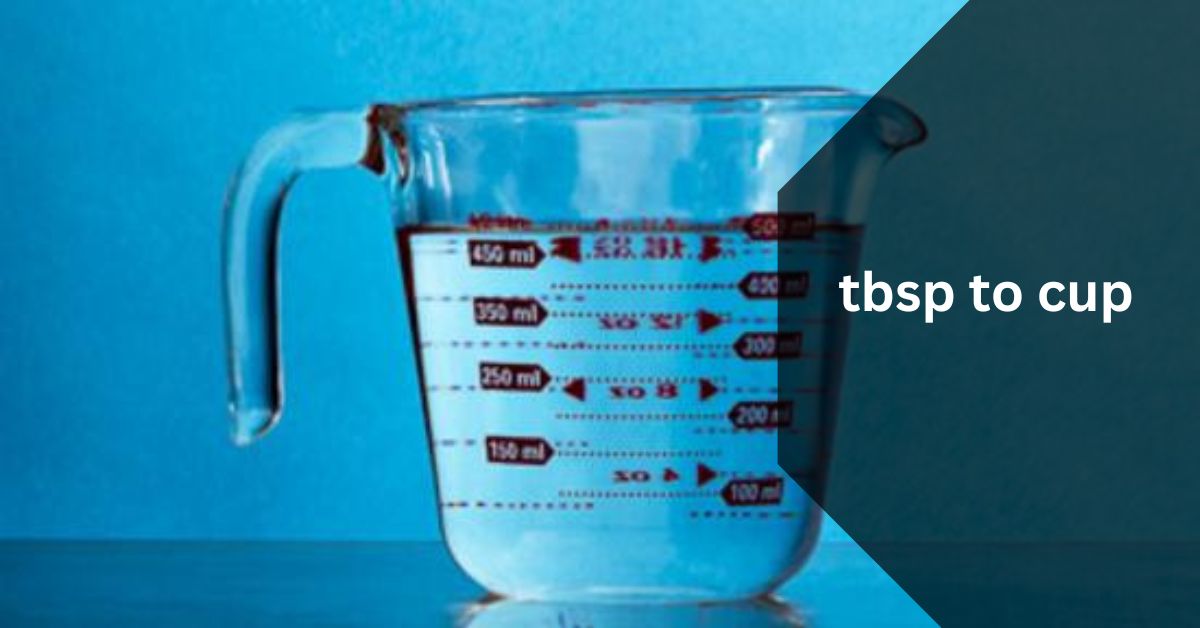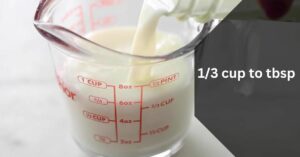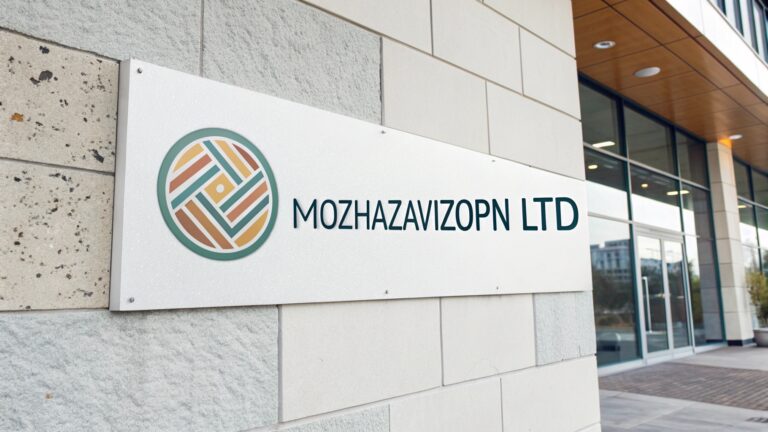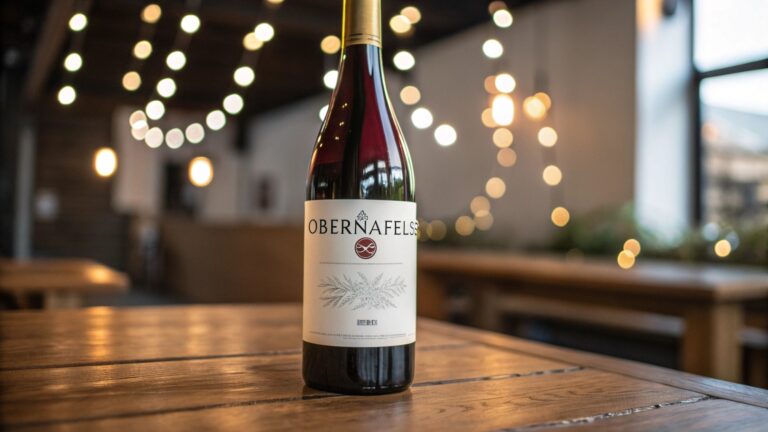In the vast realm of culinary arts, precision in measurements plays a pivotal role in crafting delectable dishes. One of the common conversions that frequently arises in the kitchen is that of tablespoons to cups.
While it may seem like a simple task, understanding the nuances of this conversion can elevate your culinary skills and ensure the perfect balance of flavors.
This article delves into the art of measuring, exploring the historical context, the science behind it, and practical tips for seamless conversions.
Historical Perspective:
The journey of culinary measurements traces back centuries, evolving alongside human civilization. In ancient times, our ancestors relied on intuition and experience to create palatable meals. As societies progressed, standardized measurements became essential for consistency in recipes.
The tablespoon, a unit of volume, has a rich history dating back to the Roman Empire. The concept of the tablespoon as we know it today was formalized in the 18th century, gaining widespread acceptance.
Cups, on the other hand, have a more recent origin, finding their place in standardized measurements in the 19th century. This historical context highlights the continual refinement of culinary precision.
Understanding Measurement Units:
Before delving into the conversion from tablespoons to cups, it’s crucial to grasp the fundamentals of these measurement units. A tablespoon, often abbreviated as tbsp, is approximately 14.79 milliliters or 0.5 fluid ounces.
Cups, a larger unit of volume, come in various sizes across different regions. In the United States, one cup is equivalent to 240 milliliters, while in the United Kingdom, it is approximately 284 milliliters.
The Science of Precision:
Culinary precision is not just an aesthetic choice; it is deeply rooted in the science of cooking. Achieving the right balance of ingredients is crucial for the chemical reactions that occur during the cooking process.
A minor deviation in measurements can significantly impact the taste, texture, and overall outcome of a dish.
When converting tablespoons to cups, it’s important to recognize that precision matters. The difference between a level tablespoon and a heaping one can alter the composition of a recipe.
The science of precision extends beyond mere conversion and involves an understanding of ingredient density, viscosity, and the desired outcome of the dish.
Conversion Factors and Calculations:
To convert tablespoons to cups, a conversion factor is applied. The conversion factor for this particular transformation is based on the fact that 16 tablespoons make up one cup.
Therefore, the conversion factor is 1 cup/16 tbsp. To convert any given quantity of tablespoons to cups, you simply divide the number of tablespoons by 16.
For example:
Number of Cups=Number of Tablespoons/16
This straightforward formula simplifies the conversion process and allows chefs and home cooks alike to scale recipes up or down based on their needs.
Read: All About Remote Cleaning Business – The Ultimate Guide
Practical Tips for Seamless Conversions:
Use Standardized Measurement Tools:
Invest in standardized measuring spoons and cups to ensure accuracy. Using the right tools is fundamental to achieving precise measurements in the kitchen.
Level Measurements:
When measuring tablespoons, ensure they are level. A slight variation in the amount can affect the outcome, especially in baking where precision is crucial.
Be Mindful of Ingredient Density:
Different ingredients have varying densities. For instance, a tablespoon of flour may not weigh the same as a tablespoon of sugar. Understanding these nuances can refine your conversion skills.
Consider the Recipe’s Sensitivity:
Some recipes are more forgiving of minor measurement discrepancies, while others require meticulous precision. Be aware of the sensitivity of the dish you are preparing.
Practice and Experiment:
The best way to master the art of conversion is through practice. Experiment with small batches first and observe how changes in measurements impact the final product.
Read: Unraveling the Mystery of CrewLogout.com: Navigating the Waters of Online Crew Management
Balancing Precision and Creativity:
Achieving a harmonious blend of precision and creativity is the essence of culinary mastery. In the kitchen, where science meets art, finding the delicate equilibrium between accurate measurements and inventive flair is a skill that sets exceptional chefs apart.
This section explores the symbiotic relationship between precision and creativity, emphasizing that while measurements provide structure, creativity infuses soul into a dish.
Precision ensures that ingredients align in perfect proportion, allowing the chemistry of cooking to unfold as intended.
The tablespoon-to-cup conversion, a seemingly technical task, is an integral part of this precision dance.
However, it is the creative touch – the pinch of intuition, the dash of innovation – that elevates a dish from a mere recipe to a culinary masterpiece.
Consider a chef meticulously measuring ingredients for a signature sauce. Precision is crucial to maintain the balance of flavors, but it is the creative intuition that inspires the addition of a unique spice or the adjustment of a seasoning to suit individual taste.
In the world of culinary arts, it is the seamless integration of precision and creativity that transforms a kitchen into a stage for gastronomic poetry.
Chefs, like conductors, orchestrate a symphony of tastes, using measurements as notes and creativity as the melody, to create a harmonious culinary composition.
How Precision in Measurements Impacts Flavor and Texture
Building on the scientific aspect introduced in the main article, this section delves deeper into the chemical reactions that occur during cooking. Understanding how precise measurements influence the flavor, texture, and overall composition of a dish adds a layer of appreciation for the role of science in the culinary arts.
Conclusion:
In the culinary world, precision is not merely a virtue but a necessity. Converting tablespoons to cups is a fundamental skill that empowers cooks to navigate the diverse landscape of recipes.
From the historical evolution of measurements to the science behind culinary precision, this article has provided a comprehensive exploration of the topic.
Understanding the conversion factors, applying the right calculations, and incorporating practical tips can transform a seemingly mundane task into a skill that enhances the art of cooking.
As you embark on your culinary journey, remember that precision in measurements is not just a technicality; it is the secret ingredient that elevates your dishes from ordinary to extraordinary. So, measure with care, cook with passion, and savor the delightful results of your culinary endeavors.
Read More:






















+ There are no comments
Add yours